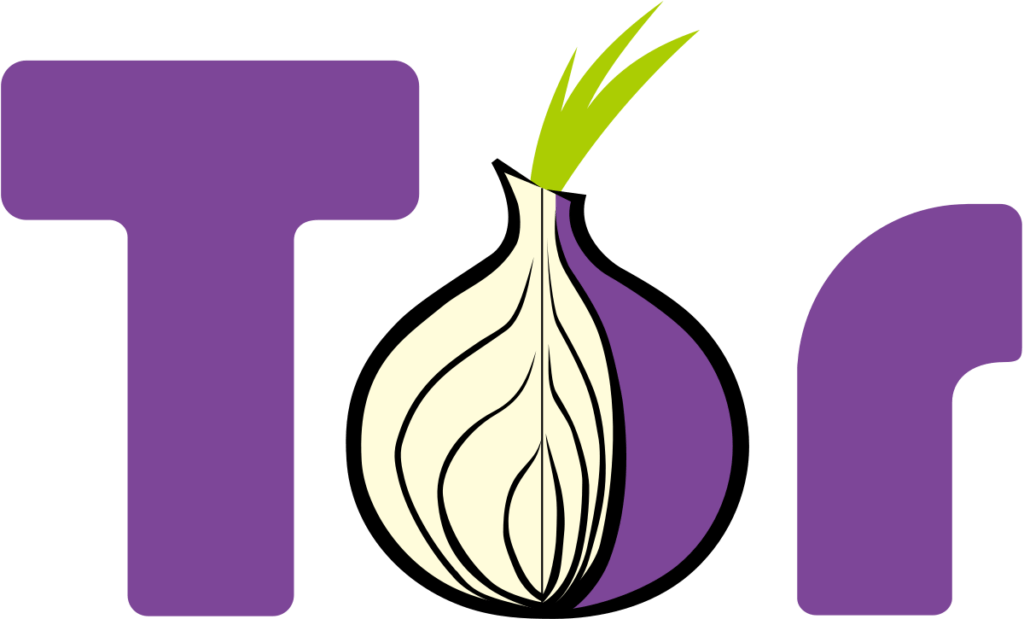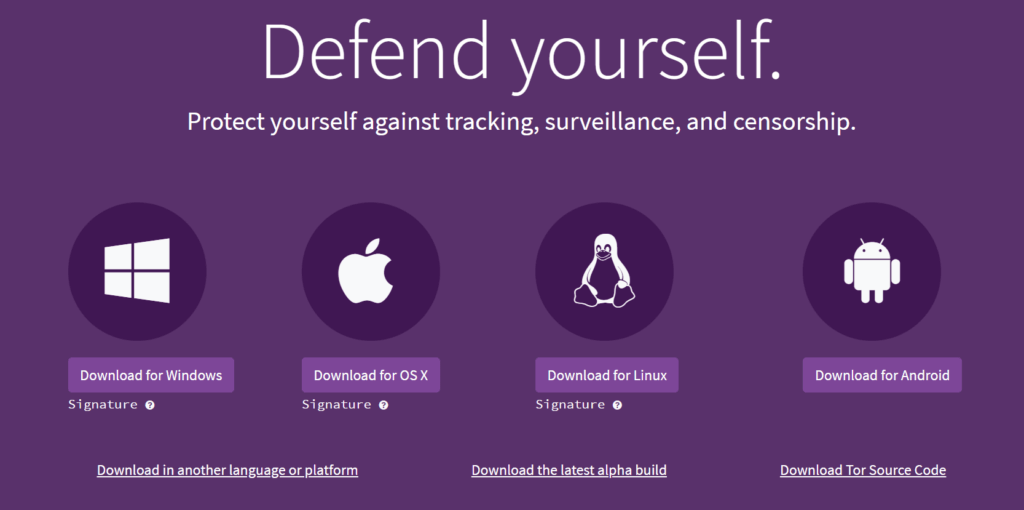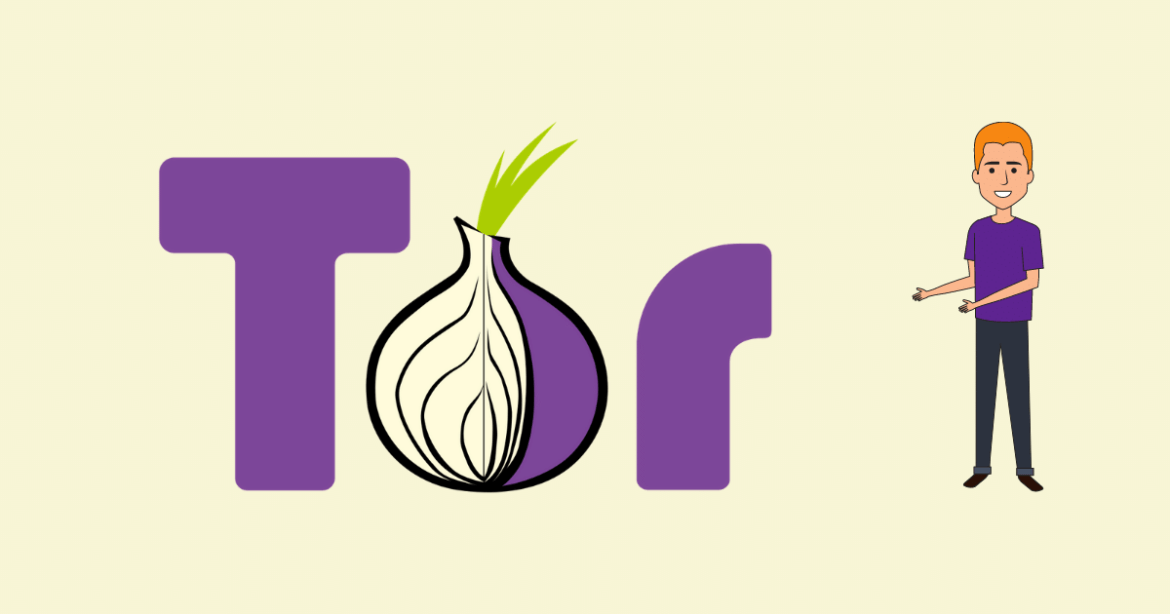The Onion Router aka Tor Network is an interface that facilitates a user to stay incognito on the internet and get free from any possible location tracking, surveillance, etc. while surfing the internet. We can surf the Tor network with the assistance of a revised Mozilla Firefox Extended Support Release (ESR) web browser.
Tor enables a person to browse the web mystically by hiding the actual identity of the user. It defends the user from any traffic analysis and network intrusion.
Tor Network is probably the most widespread and reliable option open for anonymous internet connectivity. To overcome the confusion, here we are discussing the Tor network, not the web browser, which is used to locate the same.
History of Tor Network
Tor practices the principle of ‘onion routing,’ which was generated by Paul Syverson, Michael G. Reed, and David Goldschlag at the United States Naval Research Laboratory (USNRL) in the 1990s. The alpha variant of Tor, named ‘The Onion Routing Project’ or commonly TOR Project, was announced by Roger Dingledine and Nick Mathewson; it was originated on September 20, 2002. Further expansion was conducted under the financial shelter of the Electronic Frontier Foundation (EFF).

The Tor Project Inc. is a non-profit corporation that currently supports Tor and is liable for its improvement. It has obtained funds from the US government fundamentally, and further support from the Swedish Government and different NGOs & individual angel investors.
How Tor Network Works?
Tor uses the principle of the ‘Onion Routing’ process in which the user data is initially encrypted and then transferred through different transit present in the Tor network. Consequently, it generates multi-layered encryption (layers like an onion) and keeps the identification of the user protected.

One encryption layer is decrypted at each serial Tor transit, and the remaining data is transmitted to any random transit until it arrives at its target server. For the target server, the last Tor node transit resembles the source of the data. It is therefore difficult to track the identity of the user or the server by any surveillance system serving as an agent.
Other than providing privacy to standalone users, Tor can also provide secrecy to websites and servers in the form of Tor Hidden Services. Also, P2P applications like BitTorrent can be set up to use the Tor network and download torrent files.
Is Tor Network Safe?
Multiple allegations have been delivered about hazarding Tor Network’s anonymity and protection from time to time. The most popular one was the Bad Apple Attack, in which the researchers alleged to have recognized around ten thousands of IP addresses of active BitTorrent users who were associated via Tor. Besides, the Heartbleed bug was after another major attack in April 2014, which stopped the Tor network for many days.
Traffic Fingerprinting is a process practiced to investigate web traffic by examining the models, replies, and packets appropriately. This technique can be practiced to tackle the Tor network by addressing the attacker’s computer act as the defender. The major vulnerability was discovered at its exit locations, where the level of protection is very weak as compared to the remainder of the Tor network.
What is Tor Browser?
Tor Project Inc. had liberated Tor Browser, which is an upgraded version of an Extended Support Release (ESR) variant of the Mozilla Firefox browser. The browser is compact so that it can be practiced from an external media and also decreases the complications of installation and deployment.
Tor Browser eliminates the browsing history and cookies after every surfing, hence lessening the chance of any cookie tracing. Being also known as the dark web browser, it allows users to browse dark websites that are not available on the regular web. We can deploy SOCKS (Socket Secure) based applications to practice the Tor network by setting up them with a loop-back address.
Availability of Tor Browser:
The Tor browser is open-source for various desktop devices well as handheld devices operating systems, involving Windows, Linux, macOS, Android, iOS, and so on.

You can visit this link to download Tor Browser’s latest version for different OSs as per their compatibility. Besides, Tor Browser and Orbot are two other options for an android.
Should We Use Tor?
Tor has demonstrated to be an outstanding mechanism for a safe, reliable, and anonymous web appearance available to a user at free-of-cost. The developers of Tor didn’t plan it to become a center of illegal activities, but evil-minded people have leveraged Tor for their profits such as selling unlawful material on the dark websites. The Tor project has headed to an encouraging approach regarding licensing and surveillance-free internet.
You can use Tor if you want to hide your identity on the web or reach some websites that are blocked in your region. But avoid yourself from causing anything that’s above the law because nothing is bullet-proof, and they can still find you. Besides that accessing your social media accounts over Tor can reveal your identity as well.
We believe that you get more than just an answer to the question, “Everything About Tor Network: What is Tor? How Tor Works?” If you have any confusion on the following topics, please feel free to ask us in the comment down below.
You can also do read:



